

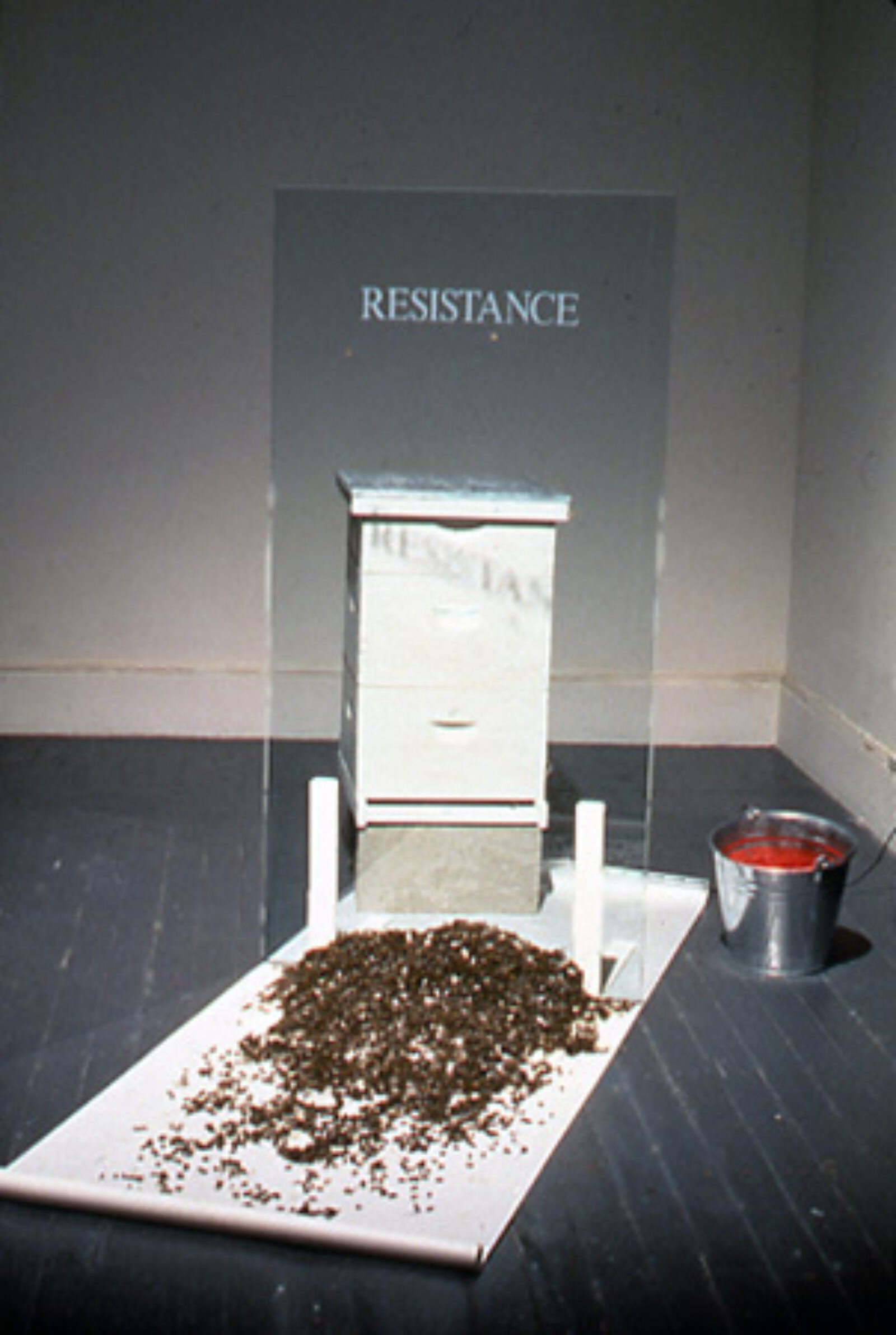

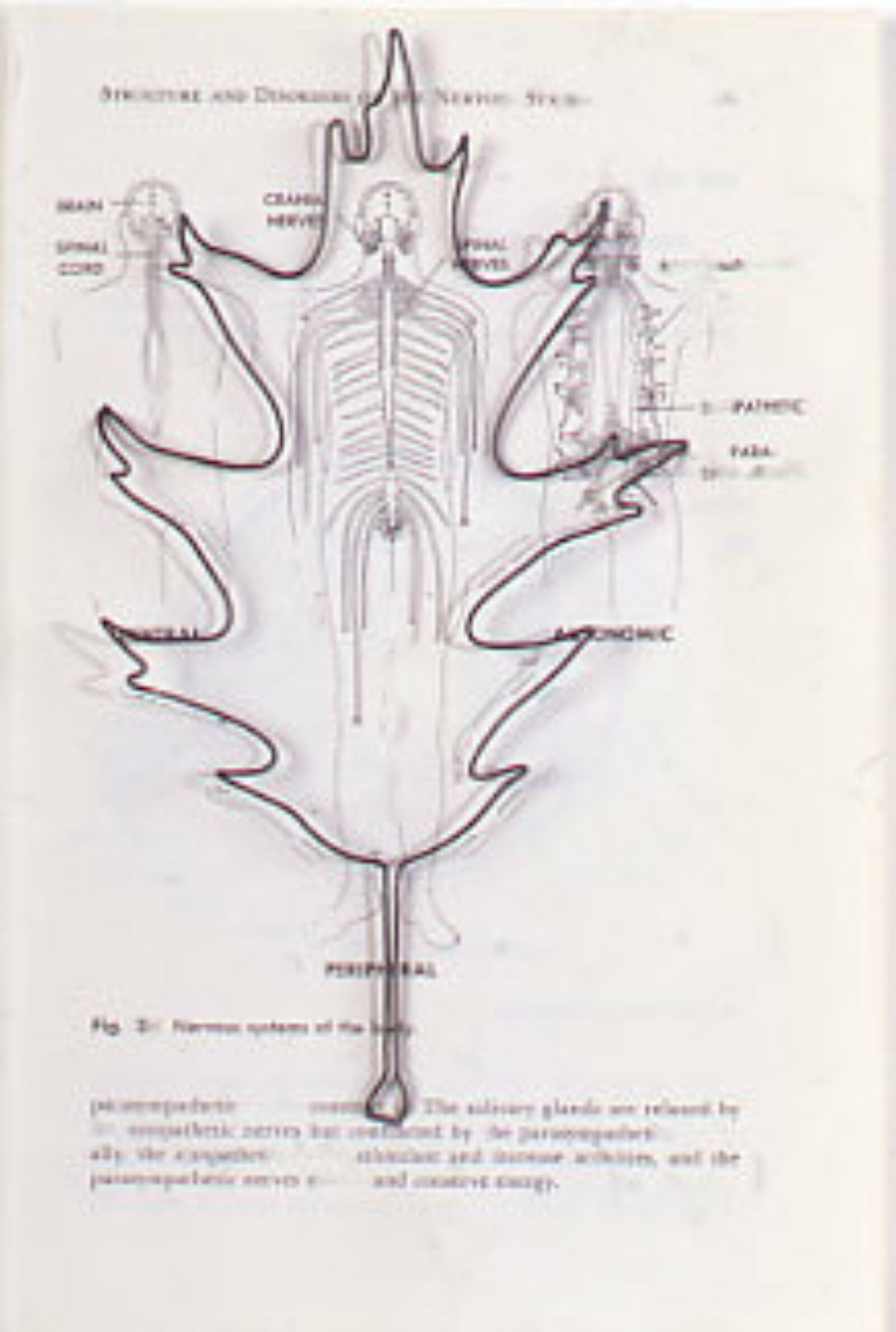
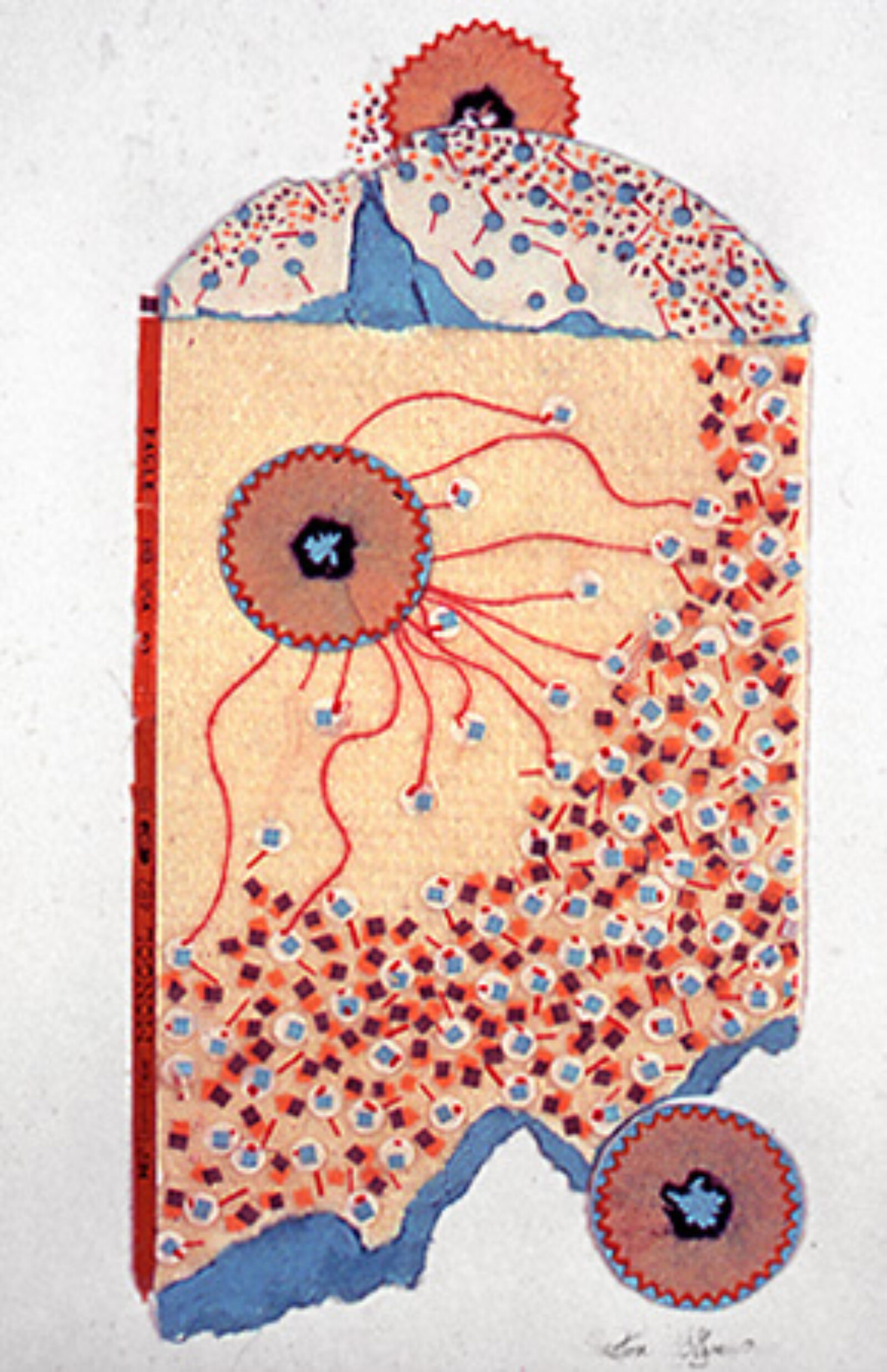
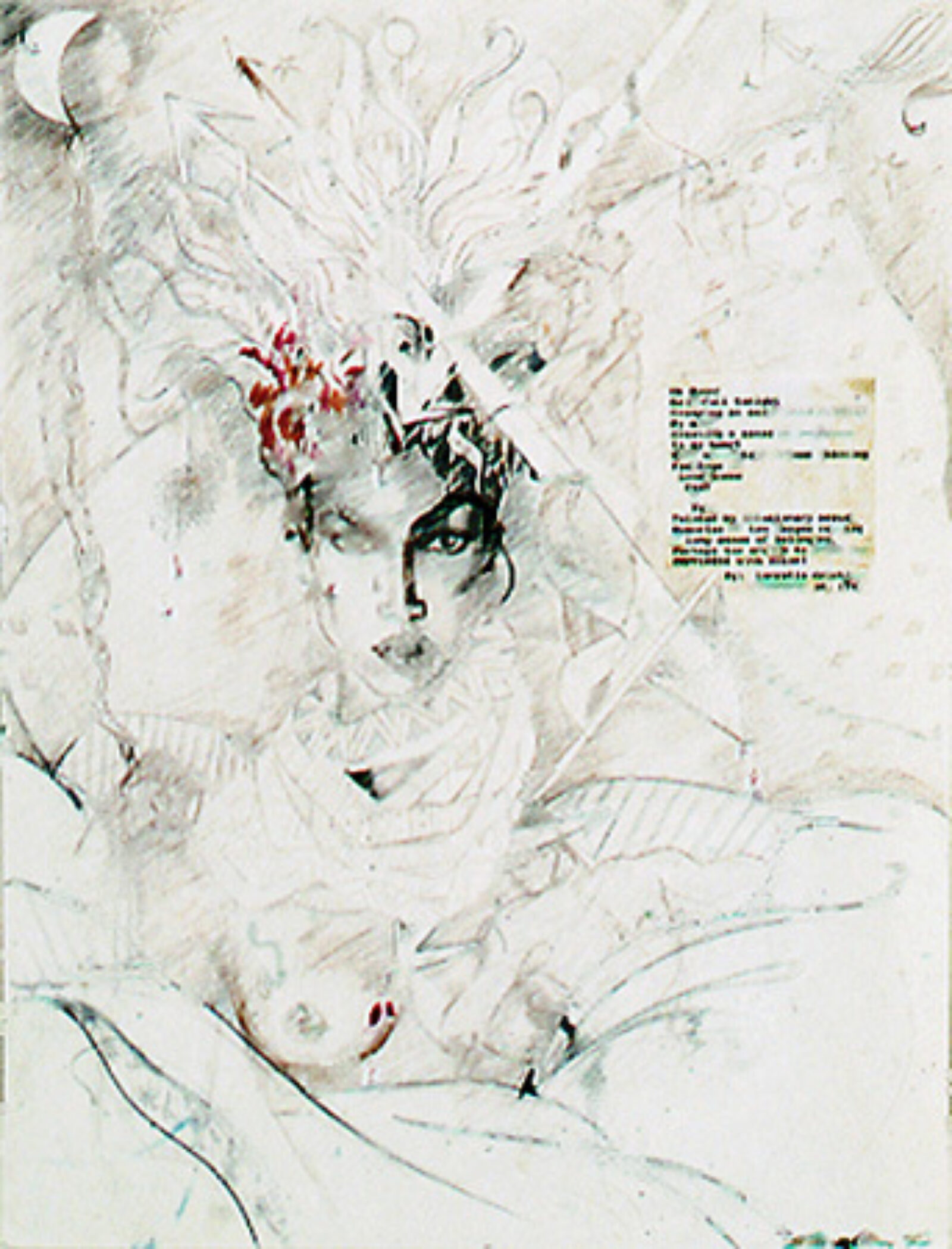
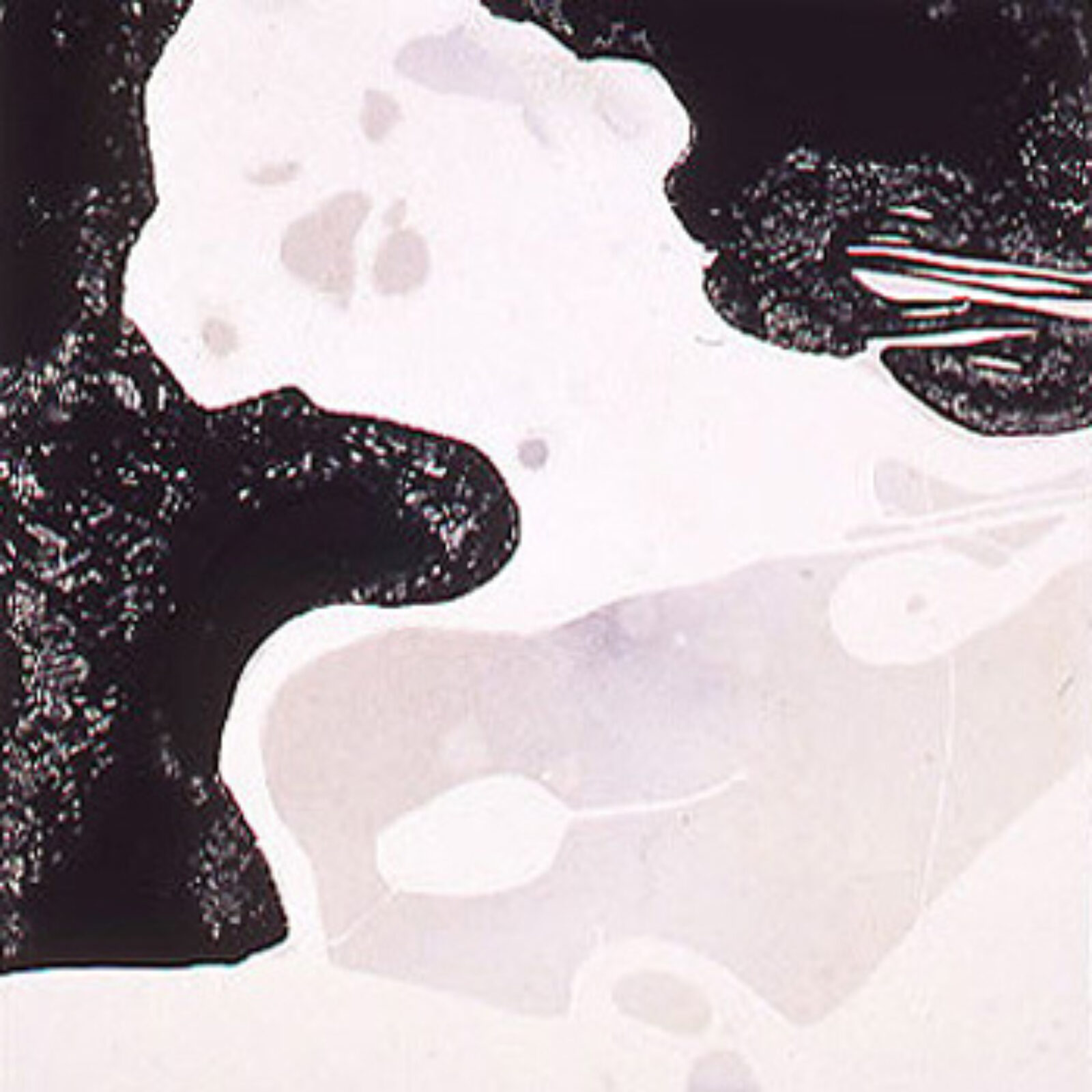
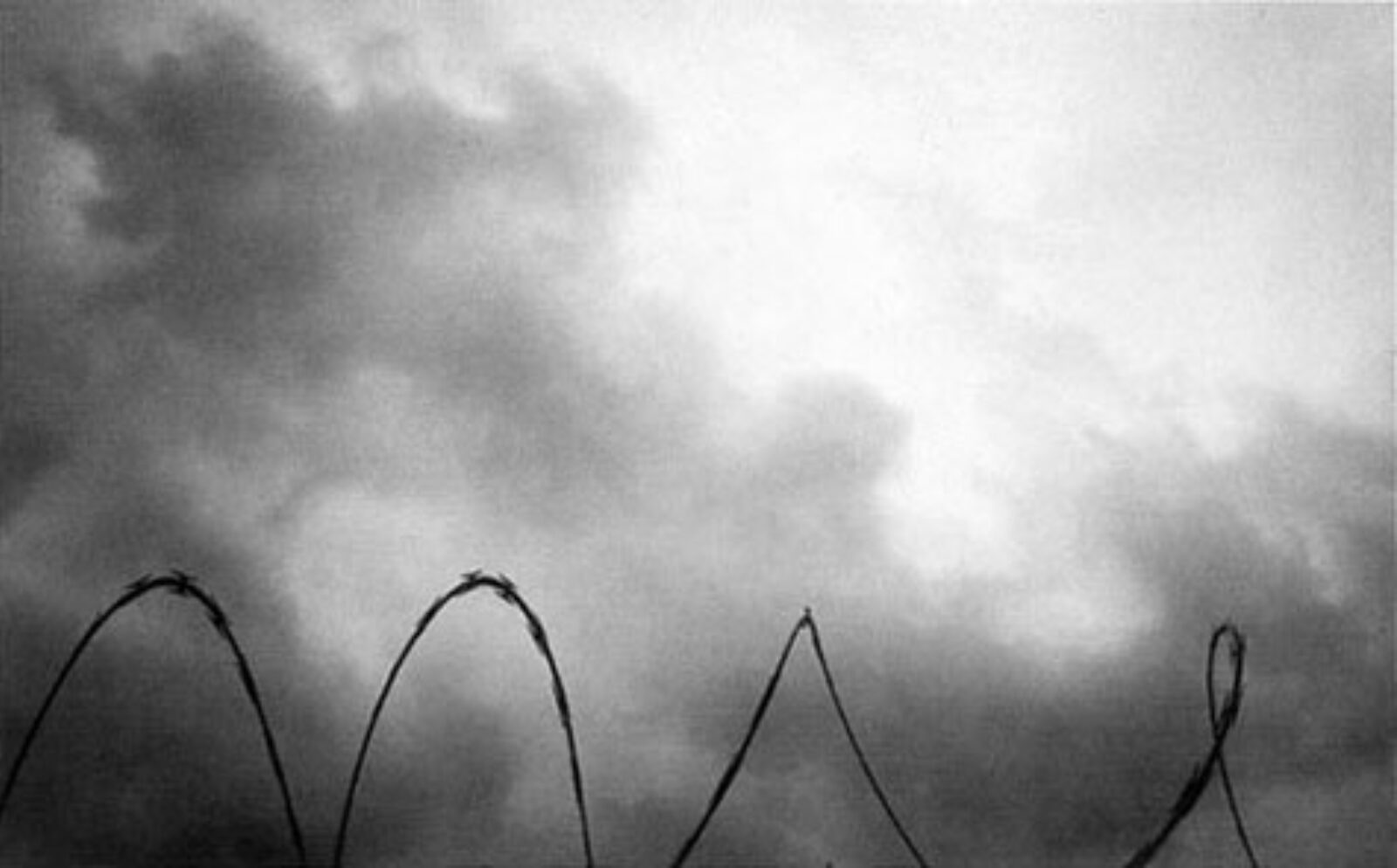
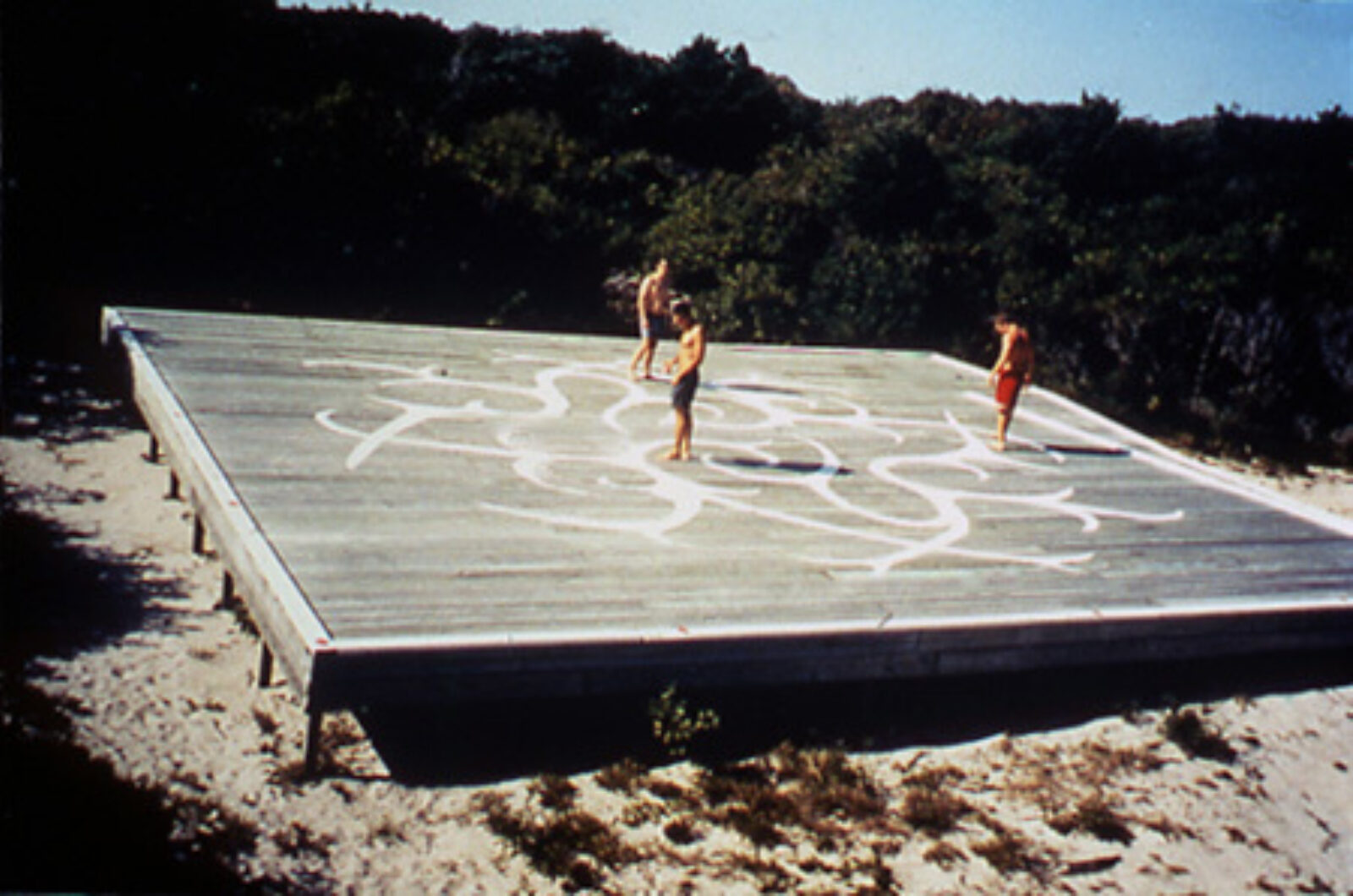

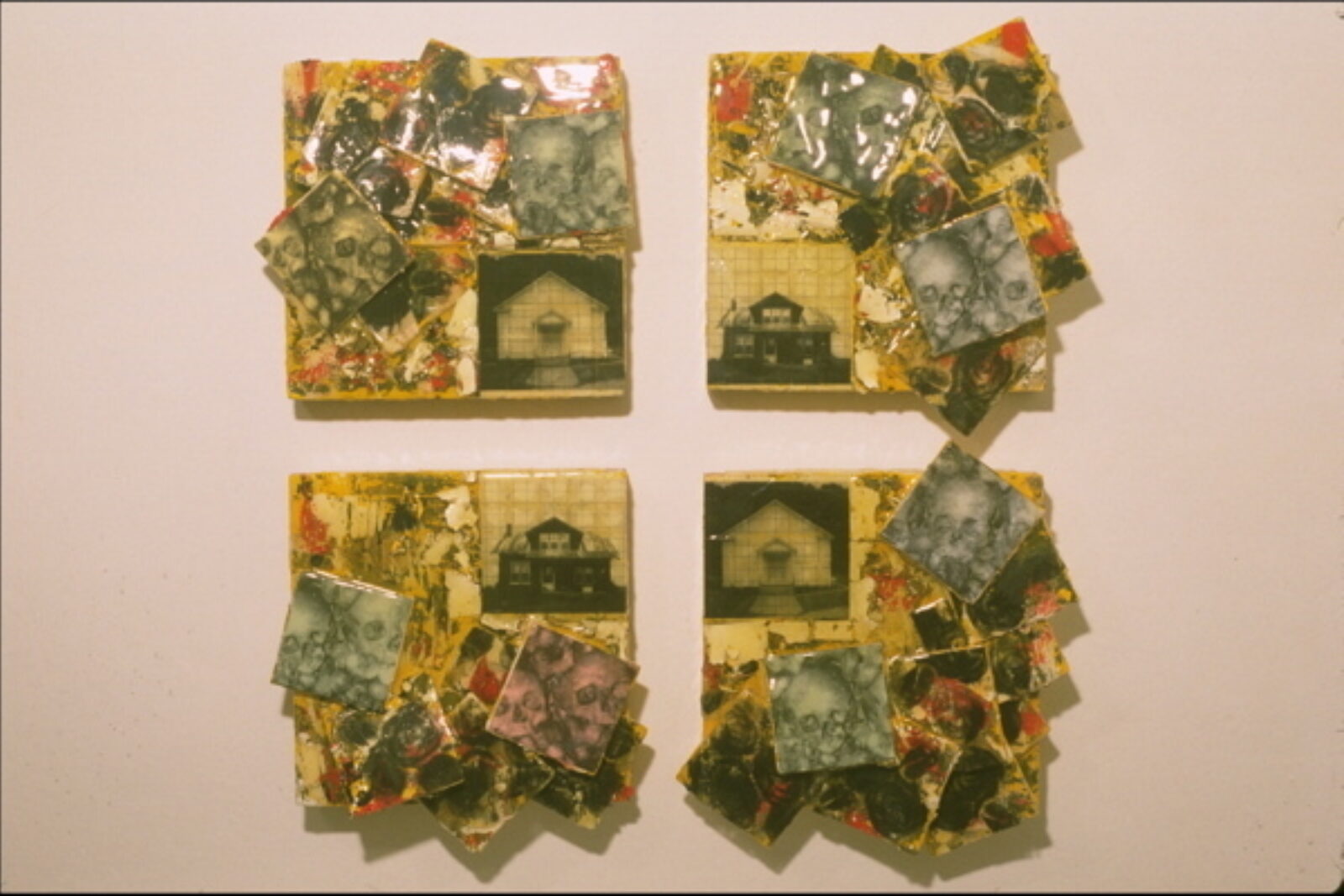

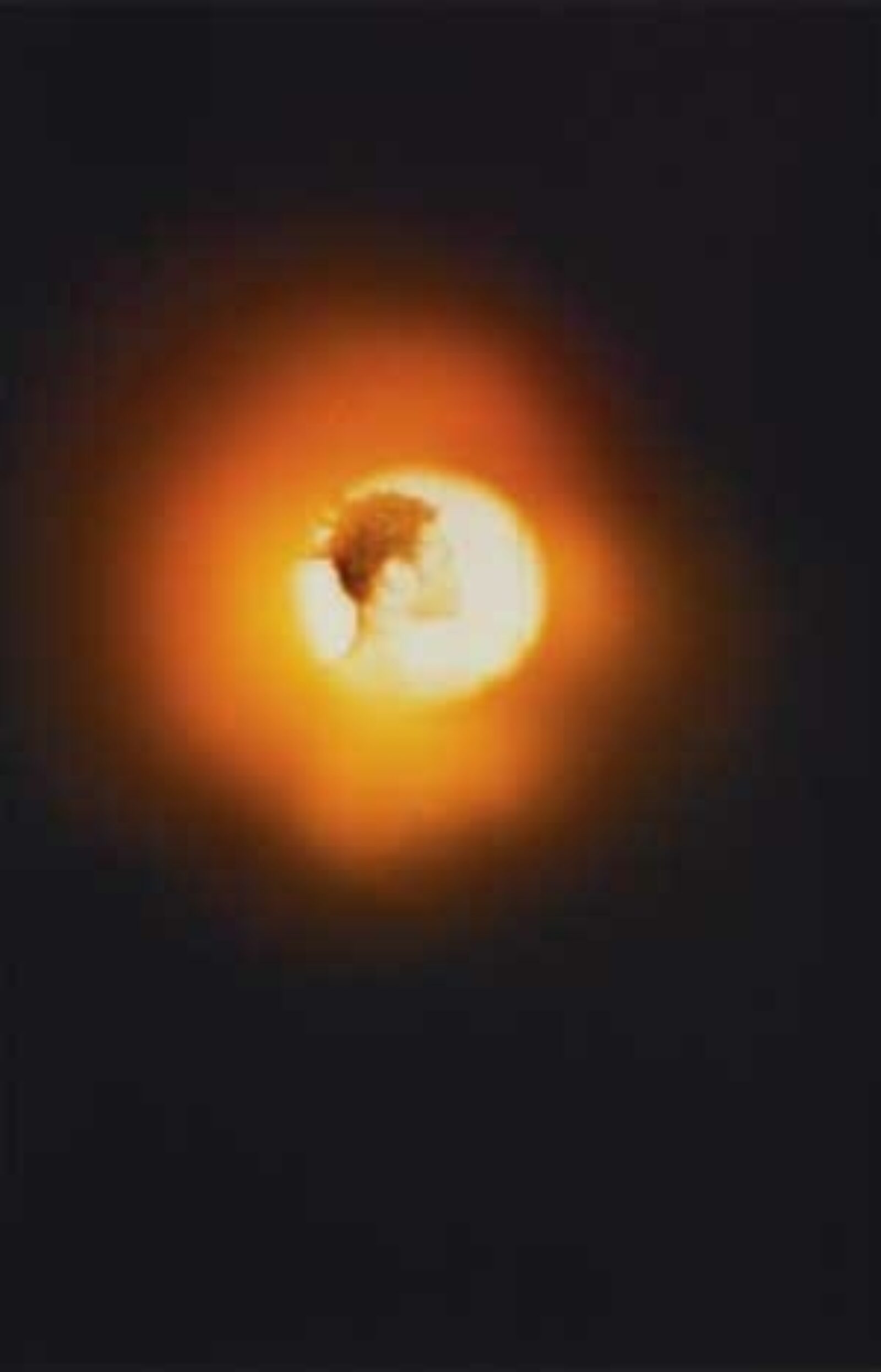

featured gallery for April 2012
Borders/Crossings
My first trip to Visual AIDS was really intense. I knew that HIV and AIDS had taken (and are still taking) a huge toll on the art world, but as I sat at a light table, flipping through binder after binder after binder of slides, the volume of work overwhelmed me and hit me hard. Because I was born in the early 1980s, ACT UP and others had already built the foundation of AIDS activism in the U.S. by the time I arrived on the scene. Many of the pieces I looked at in the Archive reflect the politics of early days of AIDS activism: fights against fear and moral panic, resistance to the "blaming" of people with HIV, and unwillingness to abandon victories from the lesbian and gay rights movements. The politics of AIDS activism are a refusal to lose personhood and dignity in the face of the AIDS crisis.
I had come to Visual AIDS to do research for my master's thesis, which analyzed borders and border crossings in the work of several artists whose work is preserved in The Frank Moore Archive Project. My definition of the word "borders" was rather broad as I was interested in looking into physical barriers or divisions and more nebulous "borders" such as the ones between life and death, light and dark, celebration and mourning. As I sat in the Visual AIDS office, I realized how the Archive itself occupies a border existence. Although they are physical artifacts, it is not the slide, per se, that interests us; it is the memory of an image that is preserved. After an artist dies, a collection in the Archive might be all that is left of her or his estate, thereby setting the Archive up as an entryway to knowledge and experiences that might otherwise be lost. So in addition to whatever "borders" might be reflected in an artwork, all of the artworks inhabit the borderlands of the archive. I want this Web gallery to celebrate borders and crossings, as well as the political potential of those crossings.
Some of the images (Buczak, Carter, Linwood and LeMoins) explicitly address loss, grief and rage. These pieces are haunting and sometimes angry. They stake space for memory. Others (Rhein, McGovern,Crichlow and Donovan) are less explicit, but equally intense. These artists stitch, sculpt and craft emotional resonance that feels personal, intimate and delicately transient. Madero, Taylor and Cullum capture the enormity of nature, and the potentialities in space and openness. And the final images in this gallery (Guberman, Payrhuber, Ortiz,Chutiwongpeti) play with light and darkness.
I've written a lot about these images (and others from the Archive) in other venues. In this Web gallery, though, I wanted the images to largely speak for themselves. It is my hope that this gallery will allow viewers to explore borders, to cross borders, and to continue onward in our activism.
